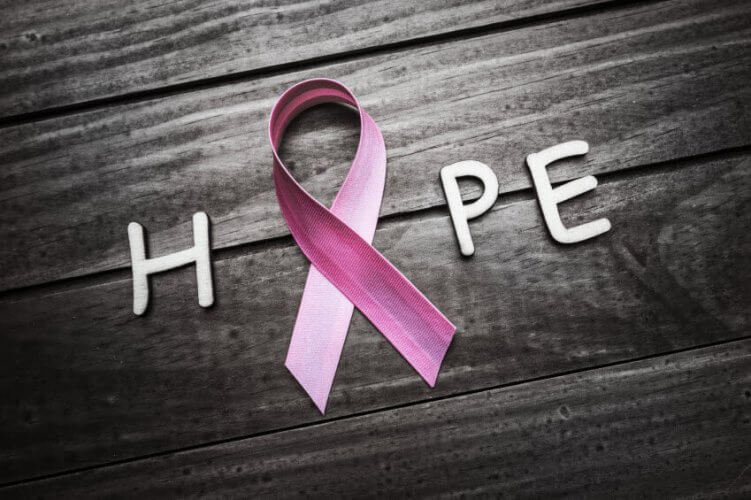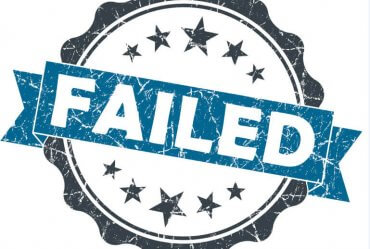
October is Breast Cancer Awareness month, symbolized by wearing a pink ribbon. In addition to workshops out on by health insurance companies, a variety of global events are organized in October, including fund-raising walks and runs, as well as the pink illumination of world famous landmarks. Among past pink sites are Niagara Falls, the Harbour Bridge in Sidney, the Eiffel Tower, the Empire State Building and Constantine’s Arch in Rome.
In the United States, the National Football League promotes breast cancer awareness by wearing pink on and off the field, and comic strip artists use pink on one day in October.
In October 1983, the Race for the Cure (currently the world’s largest fund raising event for breast cancer education and research) was held for the first time in Dallas, Texas, where 800 people participated. By 2002, the number of participants hit 1.3 million, and the event was held in over 100 US cities. The event is also being organized in several other parts of the World.
Breast cancer statistics
• Second most common cancer among American women.
• More than 230,000 new cases in the U.S. annually.
• An estimated 40,000 American women will die from breast cancer this year.
• 1 in 8 women who live to age 95 will be diagnosed with the disease.
• An estimated 1 in 1,000 men will be diagnosed with breast cancer.
Because there is not enough information on the causes of breast cancer, early detection of the disease is crucial to breast cancer control. When detected early, and if proper diagnosis and treatment are available, there is a good chance that breast cancer can be cured. A mammogram can help find breast cancer early when it’s easier to treat.
The majority of deaths (269 000) occur in low- and middle-income countries, where most women with breast cancer are diagnosed in late stages due mainly to lack of awareness on early detection and difficulty in accessing health services.
By being proactive in their own health, every woman becomes the best advocate for their own wellness. Oncologists stress the importance of self-examinations and women knowing their family histories of breast and ovarian cancer. And, just as importantly, not taking no for an answer if something feels wrong. A breast cancer survivor recounts her ordeal of seeing three different physicians before her breast cancer diagnosis. “You know your body better than any doctor,” she said. “Trust your judgment and your body.”
Are you in charge of your own health? And does your health insurance cover mammograms?
Feel free to share your thoughts in the comments section below.



